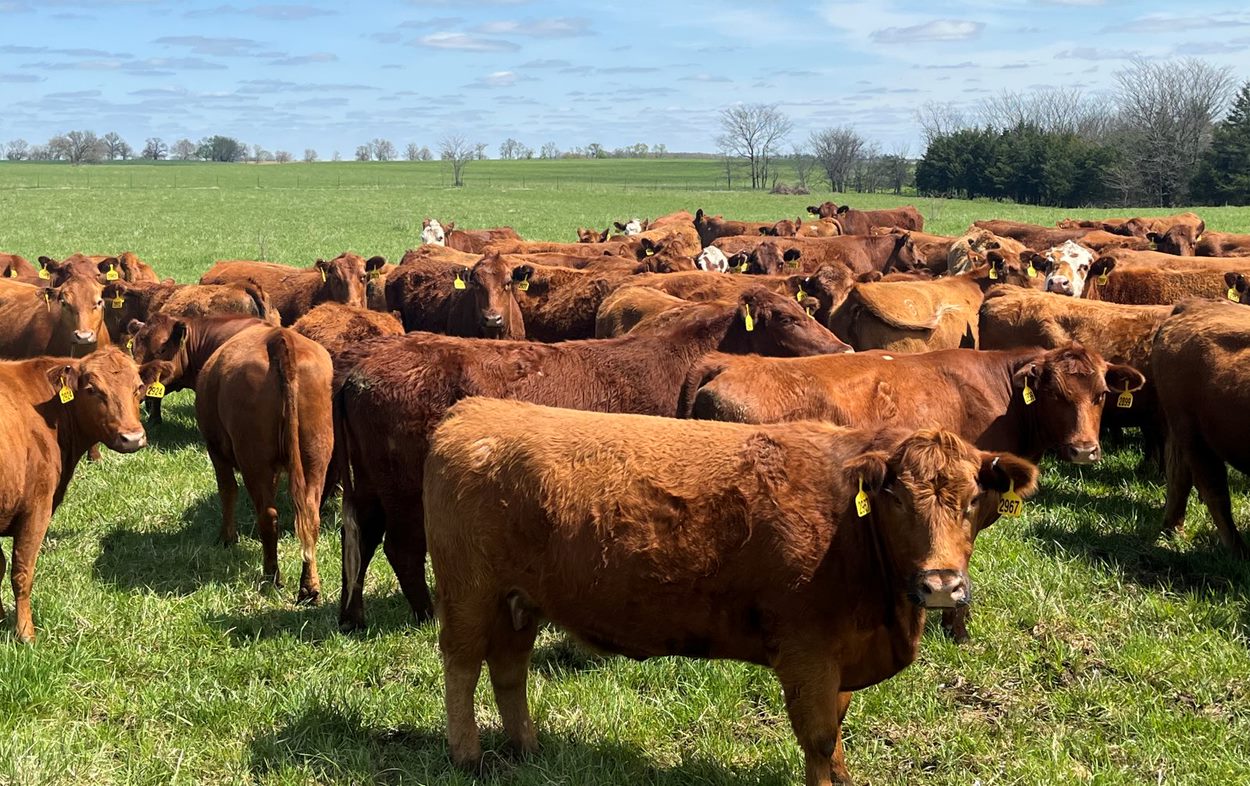Blaze Media
America's Beef Supply is expected to shrink due to Drought & Rising Production Costs
Beef prices are likely to continue rising as U.S. based cattle ranchers continue to shrink the size of their herds.
This move is expected to further constrain U.S. beef production in the coming months, the Wall Street Journal reported. Data from the federal government confirms that rising costs for feed and other expenses are encouraging ranchers to sell to sell calves into feedlots around the country at a faster rate which leaves fewer cattle available for slaughter. It is expected that this will become more pronounced later this year and into 2023.
Persistent drought conditions throughout the Western U.S. have decimated grazing pastures which causes cattle farmers to spend more money on supplemental feed which presents another major problem for the beef industry.
By 2023, beef production is expected to decline by 7% and cattle prices are expected to increase to record highs. These increased costs and shrinking supply pose serious problems for meatpackers like Tyson Foods Inc., JBS USA holdings Inc., Cargill Inc., and National Beef Packing Co. It is likely that the increased cost of beef production is already being passed onto consumers. The more expensive it is to raise and maintain cows, and as fewer cows are raised for slaughter, the more expensive beef products will eventually cost. Ground beef and chicken prices have already reached all-time highs.
Jeanie Alderson, a fourth-generation rancher in Birney, Montana, said that she sold about 75 aging mother cows from her heard of around 250 in recent months. Typically, Alderson would buy new cows in the spring to replace the ones she sold off but she said that it has been too expensive for her to take any more into her herd this year.
Alderson indicated that wildfires in the southeastern portion of Montana are burning up the pastures where her cattle typically feed and that some of her fellow Montana ranchers have had to spend more money on expensive livestock feeds. These additional expenses and hardships are causing ranchers to reduce the size of the herds.
Alderson said, “It’s really stressful. A lot of ranchers are in deep, deep debt and if they have to go more in debt, some people will go out of business in the next few years.”
Drought conditions and higher operating costs encouraged ranchers to rapidly cull beef cows in the first quarter of 2022, according to the U.S. Department of Agriculture. Iowa State University estimates that American cattle producers have lost money five of the past eight months.














